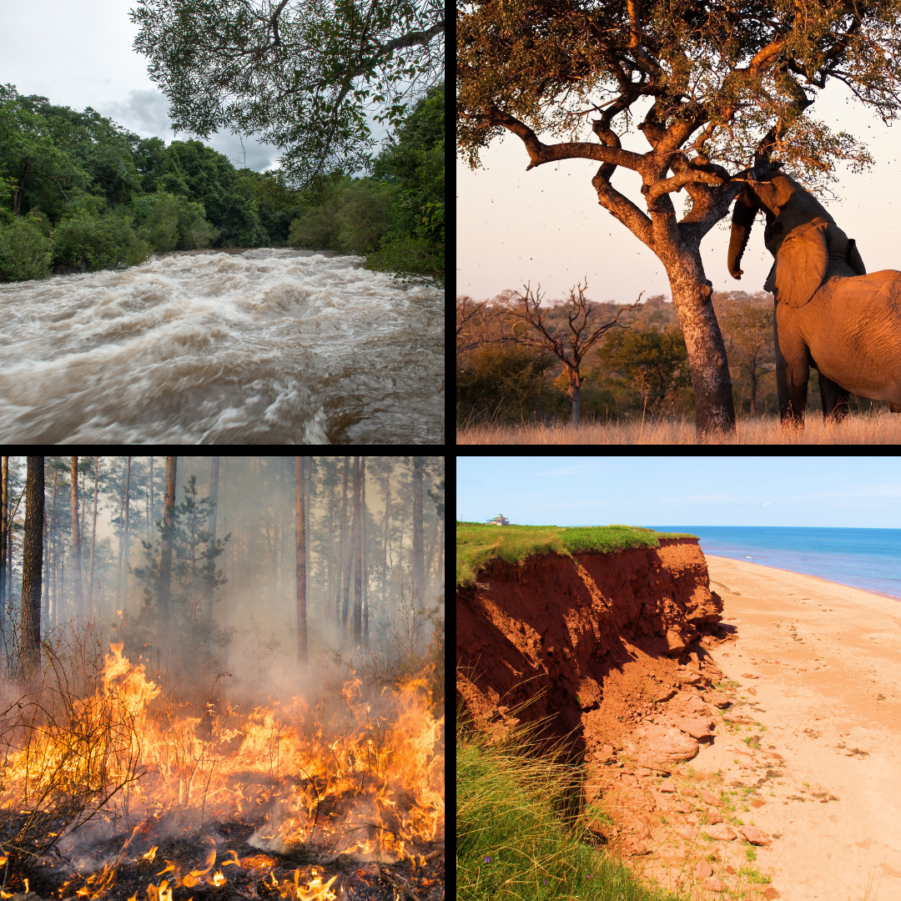Ecologists and naturalists describing ecosystems and other natural places often bring up the concept of ecological disturbance. Whether you’re taking a science course or looking to better understand the outdoors, it’s a central concept. In fact, it helps explore a lot of the patterns that we notice in nature. Let’s step (gently!) into the science in this Deep Stuff post: what is ecological disturbance?
Shaking things up
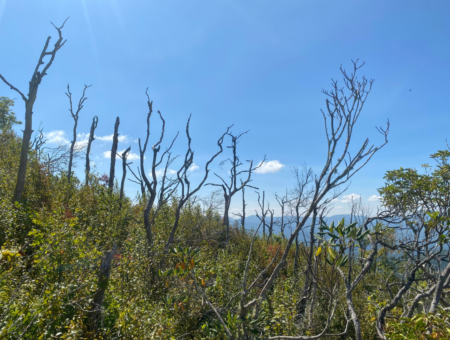
While you’ll find technical definitions all over textbooks and the internet, I find this concept makes more sense described using more everyday language. Put simply, ecological disturbances are events or processes that shake things up in an ecosystem, disturbing established patterns or structures. In other words, disturbances change a part of an ecosystem or natural habitat. This could include things like:
- The amount of available sunlight
- The quantity or quality of water
- The structure of the vegetation (are there trees? bushes? grasses? nothing?)
- Which nutrients, and how much of them, are available
These disturbances can vary in size from local habitats at the scale of your back yard to a mountainside, a landscape like a national park, or an entire biome. They can also be super tiny: for example, for organisms like mosses, a person scraping off a square inch from a tree could be a major disturbance.
What causes ecological disturbance?
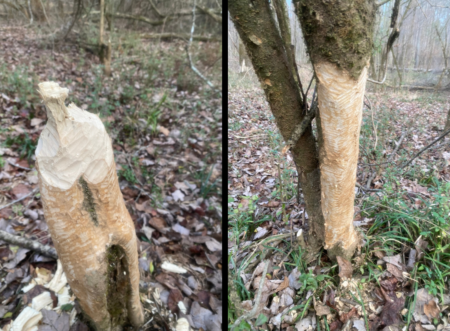
A lot of different things can cause disturbances within habitats and ecosystems. Scientists often break these up into two categories:
- Abiotic disturbances, which come from non-living parts of the environment
- Biotic disturbances, caused by living things like plants, animals, and fungi
Some of the most common abiotic sources of ecological disturbance are:
- Wildfires
- Flooding
- Drought
- Storms and high winds
- Avalanches
Meanwhile, living things are the source of many other biotic disturbances:
- Grazing and browsing by herbivores
- Treefalls
- Diseases
- Rooting and trampling by large animals
Some examples
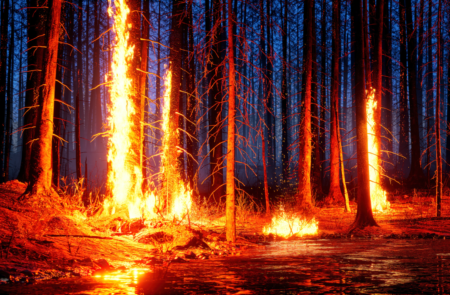
Wildfires are a common disturbance in many savannah, grassland, and seasonal forest ecosystems. When the landscape gets sufficiently dry, a lightning strike, stray spark, or carelessly tossed cigarette can start a roaring fire. These fires kill off any vegetation that can’t literally take the heat, and can clear out lots of smaller plants. This can dramatically change soil conditions, burn up leaf litter, and alter the availability of nutrients in the surrounding landscape.
In many wetland habitats, flooding and drought are the major forms of disturbance. The major influence that makes vernal pools so interesting and unique is that they dry out each year. By contrast, floodplain wetlands get their great productivity and unique vegetation from regular flooding.
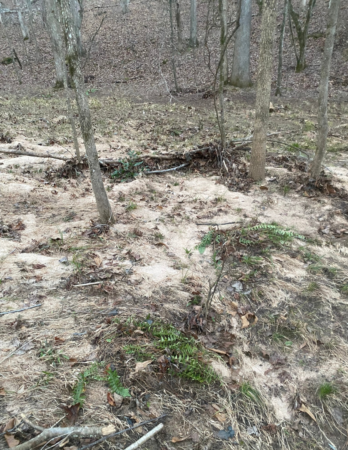
In high elevation habitats, especially on mountainsides, avalanches and high winds can knock down trees and scour the landscape. Big glaciers can bulldoze whole valleys during Winter months, clearing away bushes and trees as they advance and leaving behind rocks and rubble when they retreat.
While tropical rainforests are notoriously stable, the occasional large treefall can be a large disturbance. Tall emergent and canopy-level trees shade out large areas of forest so thoroughly that only shade-tolerant plants can survive. When one of these giants, often centuries or more old, finally comes crashing down, it sheds a lot of light on the ground below. Shade tolerant plants usually can’t hack it, while fast-growing plants quickly move in to hog the new sunlight.
Is ecological disturbance bad?
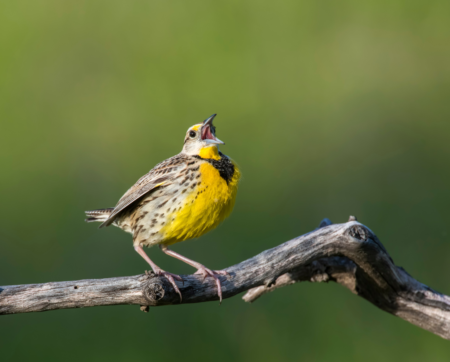
Considering the big changes that disturbances can cause in natural habitats, it’s worth asking: is ecological disturbance a bad thing? As with many issues in ecology, the answer is: it depends!
Many ecosystems go through a process called succession as time goes on. Organisms live and die, and change the environment around them. Over a long period of time, an ecosystem may go through many changes with life piling up on life. For example, if you abandoned a city park in many parts of the world, it would eventually revert back to something like a forest. The gradual process that leads to that forest is a number of stages, like a ticking clock, that take the park from a manicured lawn to a bunch of trees and shrubs. Although succession is not necessarily as clean cut as this, in many habitats it is predictable enough to be thought of that way.
Ecological disturbance effectively “turns back the clock” on this predictable series of changes. This disruption can help prevent certain habitats from all progressing to a single form. In this way, it adds to the diversity of habitat types available. Generally speaking, when there are more different kinds of habitats available in a landscape, it supports a greater biodiversity. In other words, the more variety in natural places, the more variety in species and wildlife to be seen. Instead of having one type of environment over an entire landscape, you can get a mosaic of natural areas. This adds great variety and can support very different vegetation communities.
Of course, where disturbance is disrupting important or hard-to-replace habitats like old growth forests, it can be a problem. Deforestation in tropical rainforests can threaten species and cause local extinctions. In the same way that some species are specifically adapted to disturbed environments, others cannot survive in areas that have been recently disturbed. Because of this, it’s important that landscapes also contain some areas that aren’t disturbed. In other words, ecological disturbance can absolutely be a good thing for wildlife. However, it’s not always a good thing.
How does ecological disturbance benefit wildlife?

So, what’s better, a meadow, a swamp, or a dry forest? That’s why it depends: ecological disturbance helps determine which habitats are where, but what habitat is “good” or “bad” depends on context. If you’re trying to protect an endangered species, it’s important to maintain habitats that they can use. The construction of levees and dams along big rivers has prevented flooding around large rivers around the world. This prevents floodplain habitats from developing, causing big problems for floodplain-dependent wildlife like certain species of fish, birds, insects, and wildflowers.
By increasing the variety of habitats, ecological disturbance provides more opportunities for more species to thrive. It also helps with species that need to use multiple habitat types to survive. For example, beavers need forests for food, and ponds and wetlands for shelter.
Thanks for reading about ecological disturbance!
If you enjoyed this post, please support Gulo in Nature by sharing with friends and following us on Social Media. If you have other topics you’d like to read about on the blog, reach out using our Contact Page.

